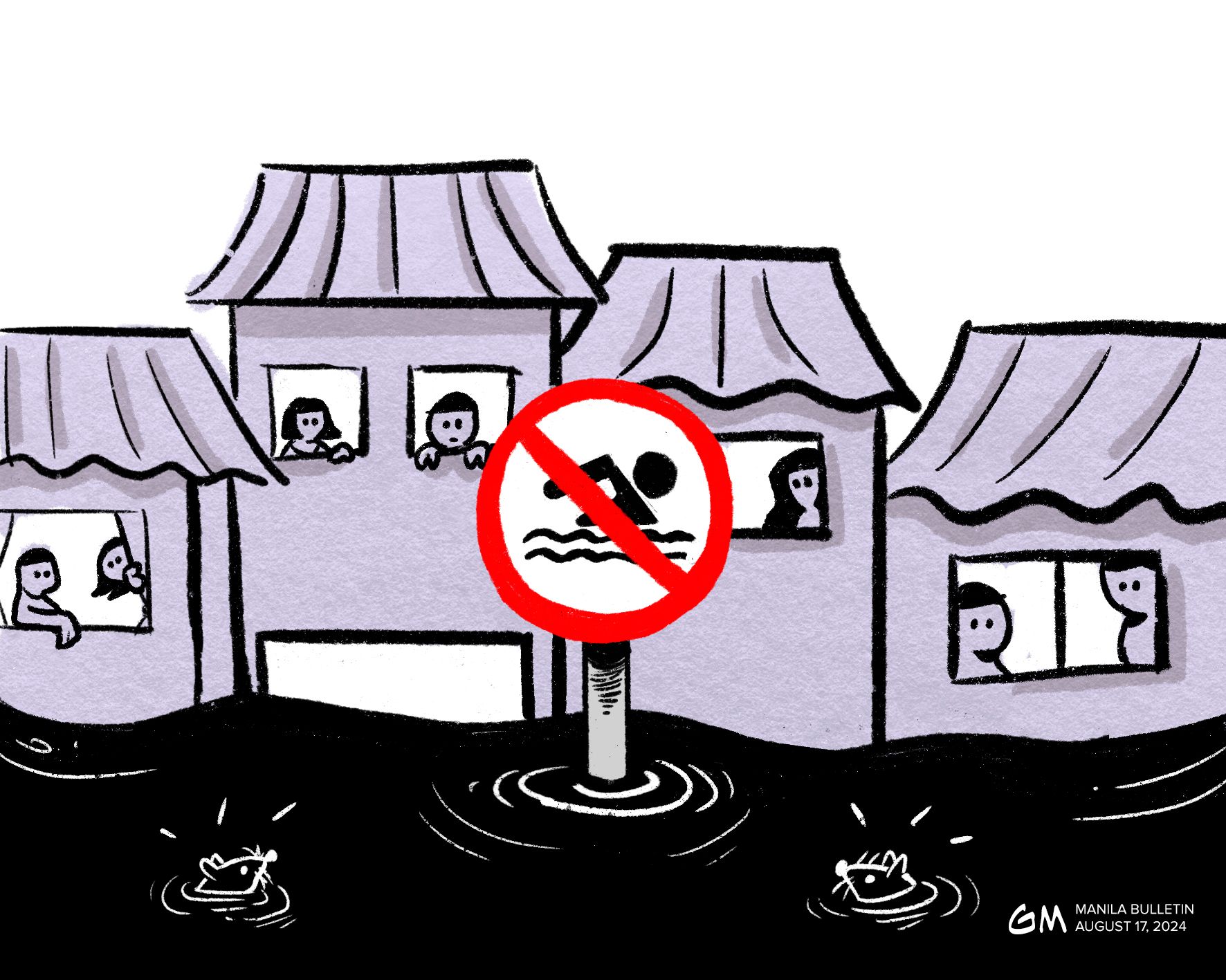
The rise in the number of leptospirosis cases has become alarming – 523 new cases in the Department of Health (DOH) hospitals nationwide from Aug. 8 to 13. Since January 2024, the number of leptospirosis cases nationwide has reached 2,115.
The DOH reported that there have been 43 reported deaths, including 41 adults and two children. Eight patients are currently on mechanical ventilators, and 243 are either recommended for, or already undergoing dialysis, the report said.
Leptospirosis, an infection caused by the bacterium Leptospira commonly found in mammals like rats, can enter the body through open wounds, or the eyes, mouth, or nose. It can also be contracted by wading in floodwaters contaminated with the bacteria. A symptom of moderate to severe leptospirosis cases is reduced urine output due to the temporary damage the Leptospira bacteria cause to the kidneys. As a result, patients require dialysis while antibiotics work to treat the infection, DOH Assistant Secretary Albert Domingo explained.
Symptoms can include fever, chills, headache, muscle aches, nausea, diarrhea, abdominal pain, red eyes, and rash.
Floodwaters that come with the typhoon and monsoon rains are not new in the Philippines. The DOH warnings against leptospirosis have always been made each time there is a typhoon. And yet when the floods come, people are seen wading through it, even bringing out chairs to sit with their feet and legs in the water, while children swim and play like it’s a pool.
But this is the first time that the cases have become big numbers, prompting the DOH to activate a surge capacity plan to make sure that there will be no shortage of hospital beds for patients with leptospirosis.
DOH Secretary Ted Herbosa reminded the public not to wait for symptoms to appear and to consult a doctor or health center for prophylaxis within 24 to 48 hours after the first exposure to floodwaters.
As the saying goes – prevention is better than cure. Preventing leptospirosis in the coming days of the rainy season requires a change in the way people view the floodwaters. A more focused education campaign that includes school children and parents is needed.
“We need a change in behavior. I’d like to discuss with the Department of Education how to teach children early on that they should not swim in floodwaters,” Health Secretary Herbosa said.
In response to this swimming behavior, a resolution urging Metro Manila mayors to issue ordinances that will prohibit swimming in floodwaters has been introduced by Metro Manila Council President and San Juan City Mayor Francis Zamora.
Prevention measures also will require attention to solid waste management. Secretary Herbosa said he also plans to “discuss with the Metropolitan Manila Development Authority how to improve solid waste management because rats live in garbage and these are the reason for leptospirosis.”
Since the source of waste is people, it is imperative that the education campaign include reminders on how to properly dispose of garbage, starting with the fact that it should not be dumped at any street corner. There should be better enforcement of this law in the barangays, while local government units (LGUs) should make sure that garbage disposal facilities are in place and garbage collection is done regularly.
Floodwaters, even with flood control measures, come as hazards in communities every time the typhoons dump heavy rain. PAGASA said the Philippines is visited by an average of 20 typhoons every year. This is a health issue which needs the cooperation of all.